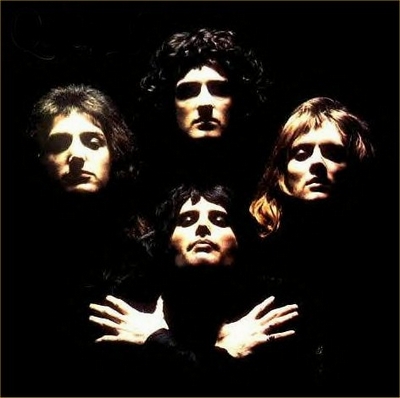Stop struggling… START WRITING GREAT SONGS!
Download “The Essential Secrets of Songwriting” e-book bundle
 It may seem like a no-brainer, but if you want your song to be at all interesting, you actually have to create an interesting moment. It’s not enough for your songs to follow all the rules. In songwriting, as in most things, it’s possible to do everything right, and still wind up with a song that doesn’t really get people interested enough to want to come back to it. Once you’ve got a song working well, you may need to dive back into it and look for ways create an interesting moment.
It may seem like a no-brainer, but if you want your song to be at all interesting, you actually have to create an interesting moment. It’s not enough for your songs to follow all the rules. In songwriting, as in most things, it’s possible to do everything right, and still wind up with a song that doesn’t really get people interested enough to want to come back to it. Once you’ve got a song working well, you may need to dive back into it and look for ways create an interesting moment.
An interesting moment needs to be something that sets your song apart from every other song out there. I’m not talking about creating a hook, which should be (to some degree, anyway), a part of any successful song structure. I’m talking about something interesting that happens once in your song, and gets enough attention that it pulls listeners back.
Here are some examples of interesting moments in songs that helped to make them successful.
- Momentary pause(s) in tempo. A good example is The Police’ s “King of Pain.” The pauses are actually quite attention-getting, as we’re used to songs moving without stopping once they get going. The pause needs to be used with discretion… don’t use it in every tune.
- Unusual solo instrument, or unusual performance. By unusual, I don’t mean that it must be utterly odd. Just an instrument not often used in your chosen genre. For example, bagpipes in “Mull of Kintyre.” Unusual performance usually just means note choices that test the brain. Not easy to come up with a current example of this, but any early Chicago fans will recall Walter Parazaider’s curious sax solo in “Movin’ In from Chicago’s 2nd album, “Chicago”. Or the bass solo in Paul Simon’s “You Can Call Me Al.”
- Sound effect or weird vocal effect. Something that jumps out at the listener, and doesn’t even need a relevant reason. “Low Rider” by War is a good example. (Actually, there’s a lot about that song that’s weird, but works!) The sound and vocal effects in “Strawberry Fields Forever” also qualify.
- Tempo change. Changing tempo is a great way to get attention. It’s not the kind of thing you can do a lot of in pop genres, but if your style is more “progressive”, sectionalizing your music and creating different tempos can really work well. Almost any progressive rock piece will serve as an example. Pop song examples are rarer… something like “Say You, Say Me” by Lionel Ritchie.
- An odd chord choice, or odd key change. Queen’s “We Are the Champions” uses a great modulation between verse and chorus, with the verse in C minor and the chorus in F major, through an F minor chord as a connector… all a bit non-traditional and attention-getting.
________________
Written by Gary Ewer, from “The Essential Secrets of Songwriting” website
Follow Gary on Twitter
 “The Essential Secrets of Songwriting” is one of a set of 6 songwriting e-books that will show you how to write great songs, harmonize your melodies, and give you hundreds of chord progressions in the process.
“The Essential Secrets of Songwriting” is one of a set of 6 songwriting e-books that will show you how to write great songs, harmonize your melodies, and give you hundreds of chord progressions in the process.
PURCHASE and DOWNLOAD the e-books for your laptop/desktop










The is a great pause in Steve Harley’s Make Me Smile (Come Up and See Me) … like the Police one, it’s not obviously just one or two beats, it’s 1.23 or something I can’t even work out — they catch you slightly off guard when the music comes back in …
Or indeed the Penny Whistle solo in You Can Call Me Al. In fact the whole use of really heavy sounding accordion on that album was really fresh at the time.
What about Theremin on Good Vibrations? Jew’s Harp on Give It Away by the Chili’s?
Great examples, Matt. Thanks for writing.